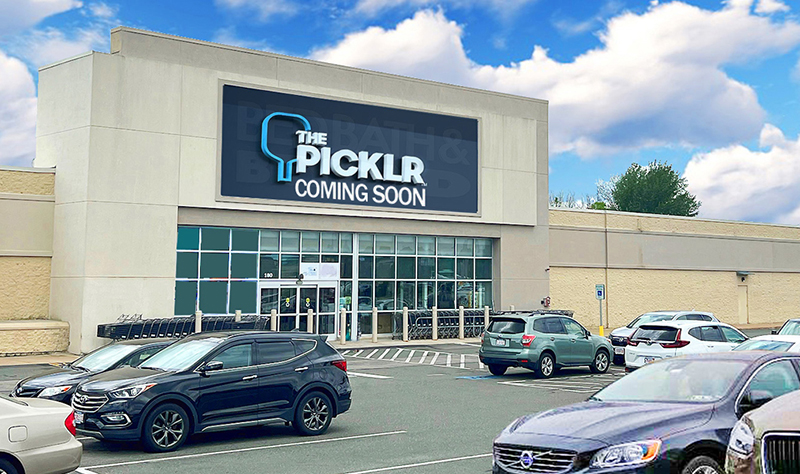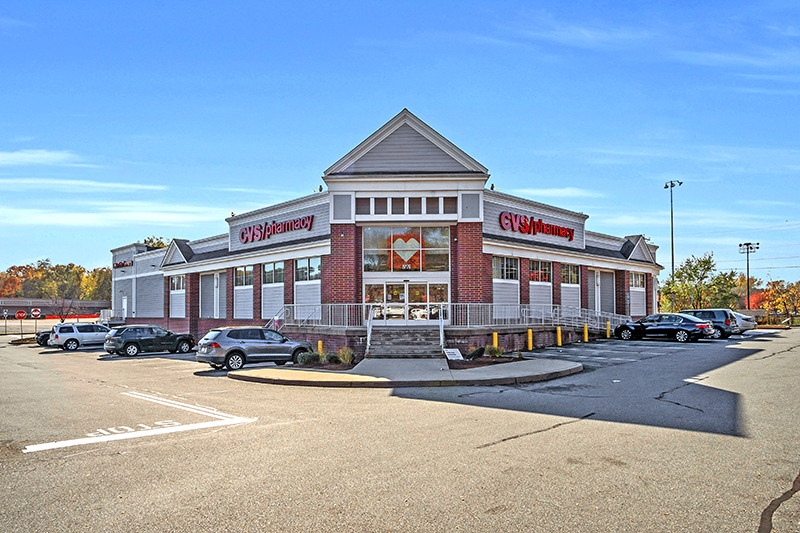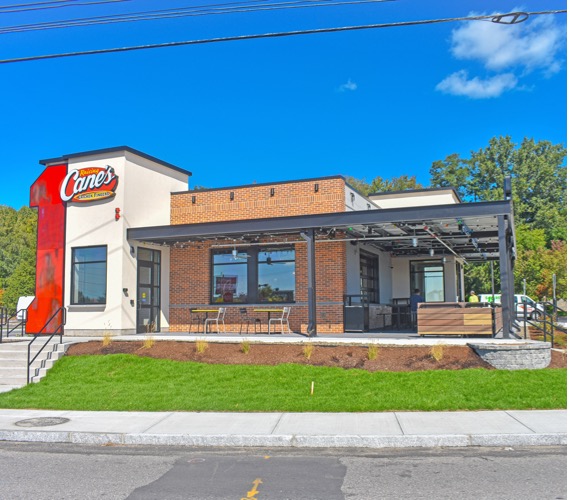News: Retail
Posted: February 26, 2009
Evelyn Garland Paragon Commercial Real Estate
Opportunities still exist in Maine's retail market. Tucked off in the northeast corner of the nation, Maine is a bit insulated from some of the national retail implosions that have sent shockwaves through the retail real estate business in recent months. Some chain stores are closing, but there have been only three Circuit Citys, two Office Depots, and five Linen's 'n Things in the whole state, even when retail development was expanding rapidly along key travel corridors. This retail market is still the home of many mom and pop convenience stores, eclectic boutiques, and shops catering to the tourists who flock to Vacationland, especially in the summer. Some big box retailers have had to fight their way into some of Maine's communities; zoning and planning boards are often battlegrounds among citizens who prefer the state's rural character and locally-owned businesses.
Most of Maine's retail centers are concentrated in the southern coastal section of the state, stretching from Kittery to Topsham. According to a recent market study done for the Maine Real Estate Development Association, the overall vacancy rate is estimated at 7.18%. Significant vacancy does exist in some of the newer retail centers that were caught in the economic downturn that began in the spring of 2008, especially those that did not adjust their asking rents in time. But most area leasing agents believe that recent development along the major travel corridors of I-95 and I-295 will continue to lease up, just at a slower pace and at a lower rate than this market has seen in the past five years.
The Greater Portland market has over 3.18 million s/f of retail space. Most significant is South Portland, with over 1.9 million s/f of retail. The current available vacancy of 150,000 s/f is concentrated in the Maine Mall area, located near several exits of the Maine Tpke. Other suburban areas have pockets of vacant space in older centers, as is true anywhere in the country. Perhaps we are fortunate that Maine's regulations make development in this state challenging. Retailers looking to grow through aggressive expansion did not find opportunities to overbuild in the Maine submarkets.
While everyone in the business of owning, leasing and selling retail space is feeling the effects of the sluggish retail sector, there are still deals being done throughout the Portland area. The charming and eclectic storefronts of Exchange St. in Portland's Old Port are definitely changing. Rents in excess of $40 per ft. were once standard; today, vacancies are leasing at $10 to $12 less per ft. There is no doubt that retail leasing has slowed in the past six months, but the demand for unusual and distinctive space is still ongoing in this waterfront area.
Shopping in this part of Portland is a very different experience, completely distinct from the big box chains and strip centers found in the suburbs. Old brick buildings, cobblestone streets, and glimpses of the fishing boats along the working waterfront all add to the charm of the Old Port district. Tourists and locals alike are drawn to the multitude of restaurants and shops; renovated buildings and new construction co-exist in the area and create opportunities for office, retail and residential uses.
One good example is 188 Middle St., a lovely structure that was built in 1926 as a bank and that still contains the original vault. In its previous lives as a clothing store, a restaurant, and a nightclub, the space has always held an elegant appeal, with high ceilings, marble floors, and distinctive period details, like the wrought iron railings that surround the mezzanine. The 16,000 s/f space has challenged the entrepreneurs of Portland. Too big for most downtown restaurants, too small for modern banks, the space has stayed dark for almost two years.
A new concept plan developed for the owners breaks the space into an enclave of shops designed to appeal to smaller retailers. A new Italian restaurant, Luna Rossa, has signed a lease for two of the larger units, and the five remaining shops are attracting a lot of interest. The project will be ready by the time Maine's all important tourism season begins in May.
At Paragon Commercial Real Estate, we anticipate that 2009 will be a slower than average year in the retail sector. Second -tier space in older centers has been particularly hard hit by vacancy problems, and several submarkets are overbuilt. But opportunities still exist, especially in the areas that can present a diverse or uncommon shopping experience.
Evelyn Garland is a broker with Paragon Commercial Real Estate, Portland, Me.
Tags:
Retail
MORE FROM Retail
Mace of KeyPoint Partners negotiates 36,192 s/f lease for The Picklr at Endicott Square
Danvers, MA KeyPoint Partners (KPP) negotiated a lease with the nation’s premier indoor pickleball venue The Picklr at Endicott Sq. Vice president of retail brokerage Don Mace negotiated the transaction on behalf of the landlord.




.jpg)


.png)
